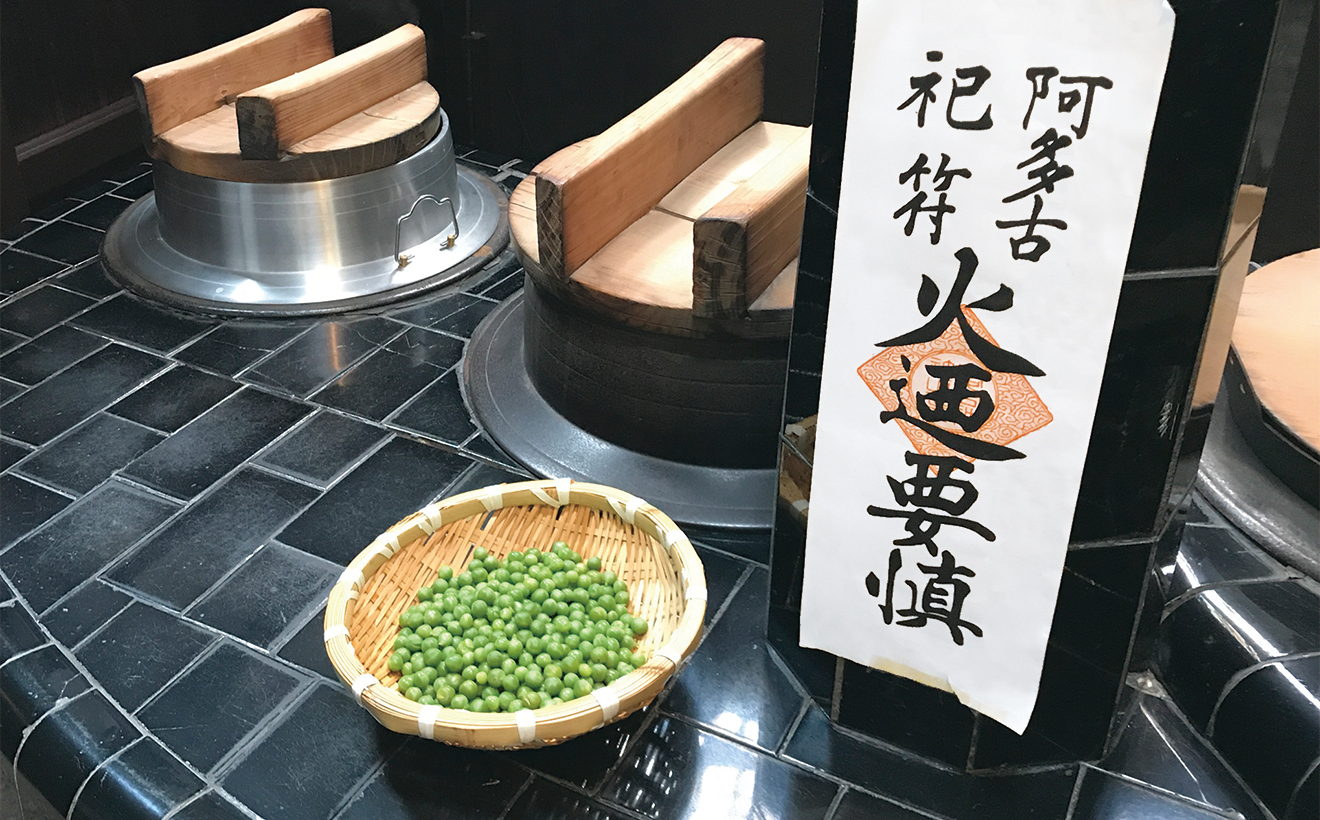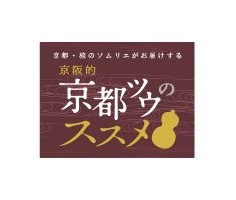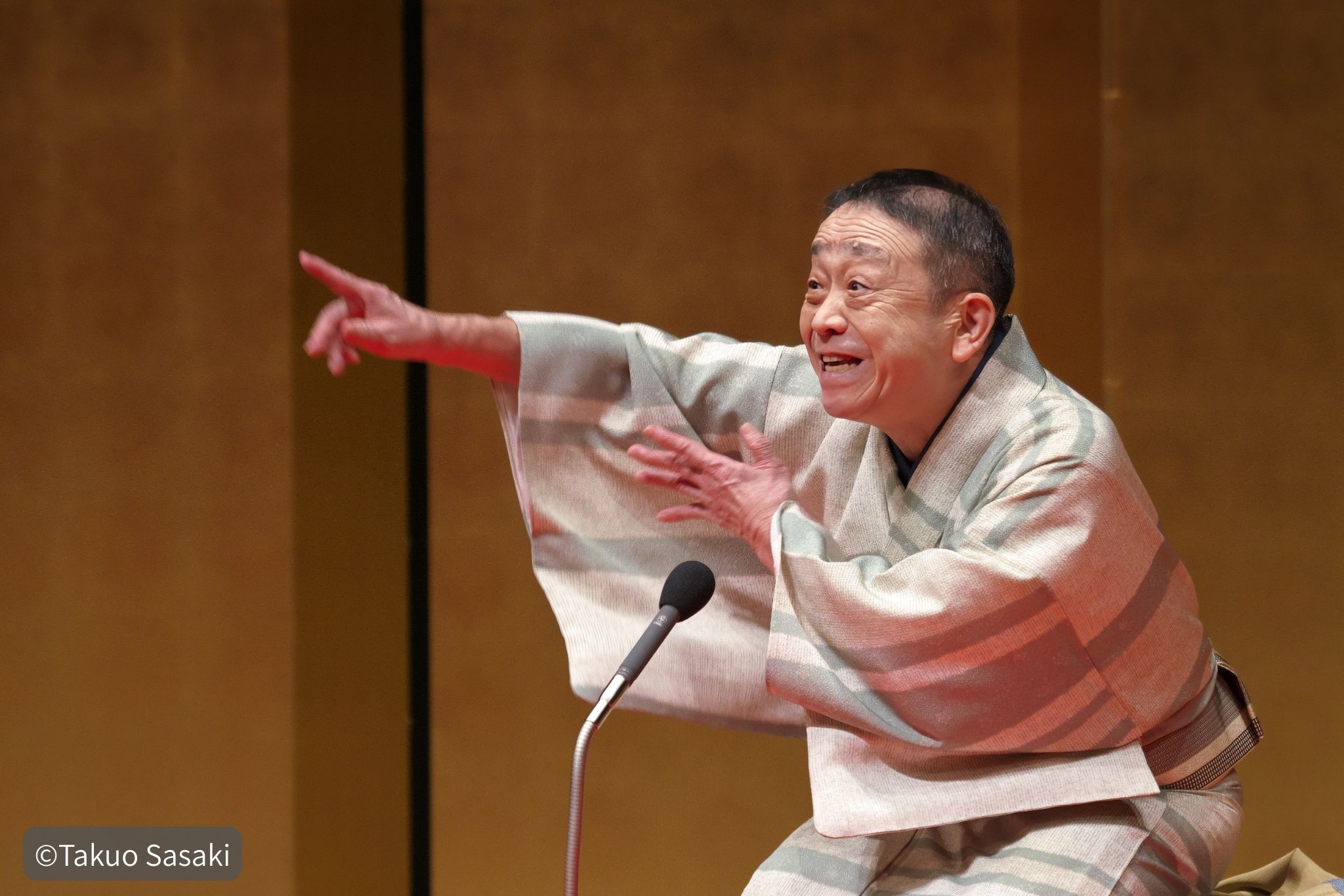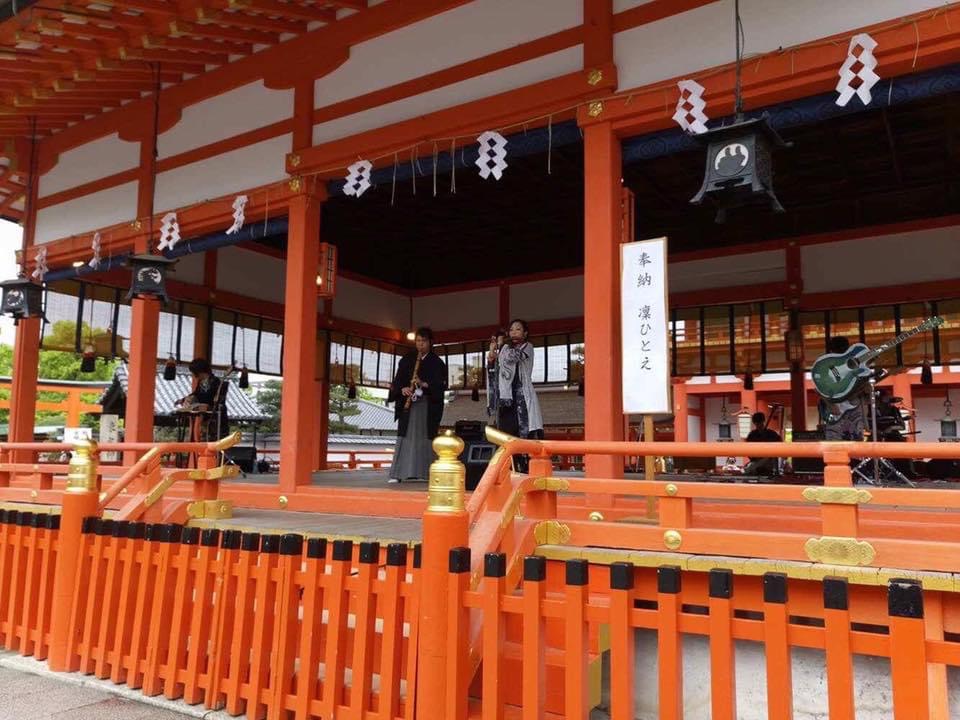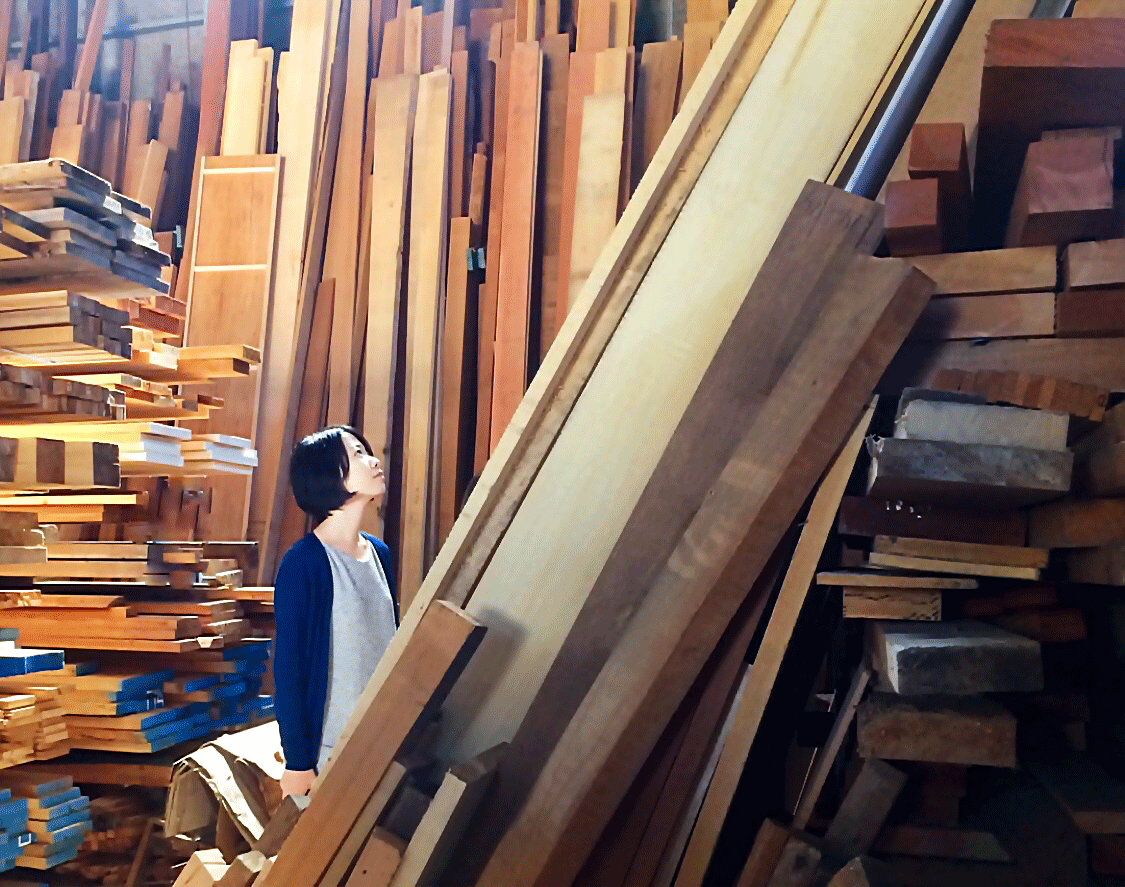
TEXT BY: 나츠미 타부사
에어루 컴퍼니 일본 서부 사업부 총괄 매니저
교토는 풍부한 역사와 문화를 지닌 도시입니다. 항상 많은 관광객이 찾아오기 때문에, 사람들은 자연스럽게 잘 알려지지 않은 곳을 찾습니다.
'비밀의 교토', '교토의 새로운 얼굴'… 이는 교토를 특집으로 다루는 잡지의 제목이며, 모두가 비밀 장소를 찾고 있다는 것을 알 수 있습니다.
저는 이런 종류의 기사를 좋아하는 사람 중 하나입니다.
제가 교토에서 일하기 시작한 지 4년이 채 되지 않았고, 매력적인 명소를 소개하는 데 능숙하지 않습니다.
하지만 일본의 전통 장인들과 소통하면서 얻은 경험 덕분에 저는 주변 사물을 예전과는 다르게 보는 몇 가지 요령을 터득하게 되었습니다.
실제로 평범한 장소를 나만의 "비밀 장소"로 바꿔줍니다!
이 글에서는 이러한 팁 중 몇 가지를 소개하겠습니다.
목공예인에게 배워보세요: "나무결"의 하이라이트는 무엇일까요?
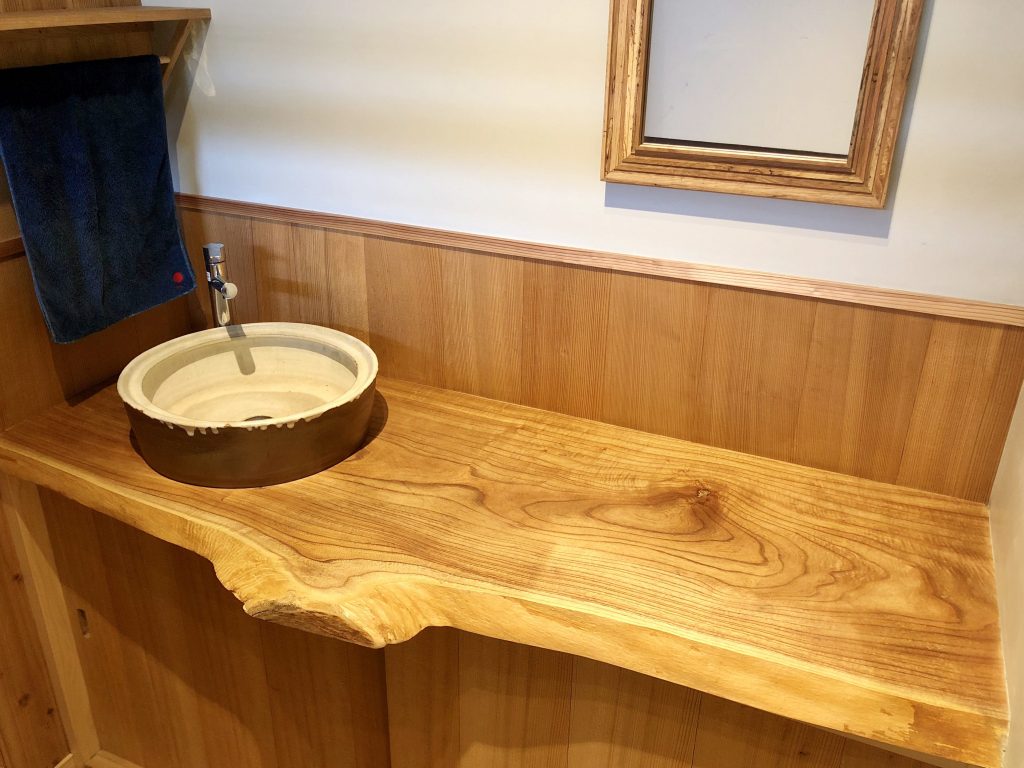
수공예품 가게 '아에루고조'의 화장실
나무 향과 인테리어로 가득 찬 공간을 좋아하시나요?
그러면 우리는 차분함을 느끼게 되지 않나요?
이 사진은 제가 근무하는 직장인 "아에루고조"의 한 구석을 찍은 것입니다. 이곳은 아기와 어린이를 위한 전통적인 제품인 "아에루 브랜드"를 판매하는 매장입니다.
이곳은 제가 매장에서 가장 좋아하는 장소 중 하나입니다.
세면대는 건축업자가 우리에게 공급한 차이나베리 나무 한 장으로 만들어졌습니다.
제가 장인들과 함께 일하기 시작했을 때 일어난 일이에요.
어떤 목공예가가 이 싱글보드 세면대를 보고 "멋진 패턴"에 감탄했습니다.
이것이 장인이 언급한 "패턴"입니다.
이 말을 듣고 나서야 나는 나무판을 한 번도 "쳐다본" 적이 없다는 걸 깨달았습니다.
자세히 살펴보니 마치 이 신기루 같은 표면에서 언제든 나뭇가지가 튀어나올 듯한 에너지를 느낄 수 있었습니다.
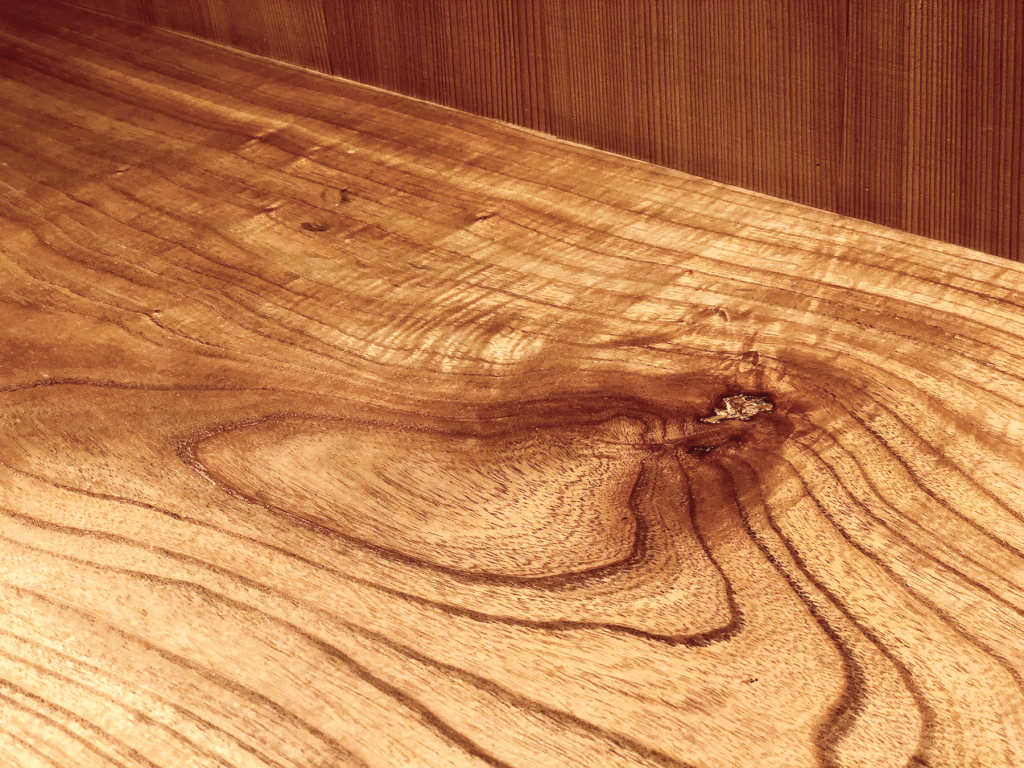
목수는 나에게 '모쿠'라고 불리는 나무의 무늬에 대해 말해주었습니다.
사람의 얼굴처럼 나무 조각마다 고유한 목리 무늬가 있습니다.
"목(牧)"은 특별히 귀중하고 아름다운 나무결 무늬를 뜻합니다.
사람마다 어떤 패턴이 아름다운지에 대한 생각이 다릅니다.
그래도 많은 목재를 본 장인들이 '흥미롭다', '특이하다', '아름답다'고 생각하는 패턴이 있다는 게 흥미로웠습니다.
이 경험은 나에게 놀라운 일이었습니다.
저는 나무 자체를 자세히 보지 않고도 나무 향과 인테리어가 있는 장소에 있으면 언제나 편안함을 느꼈습니다.
보물찾기처럼 나무결 감상하기
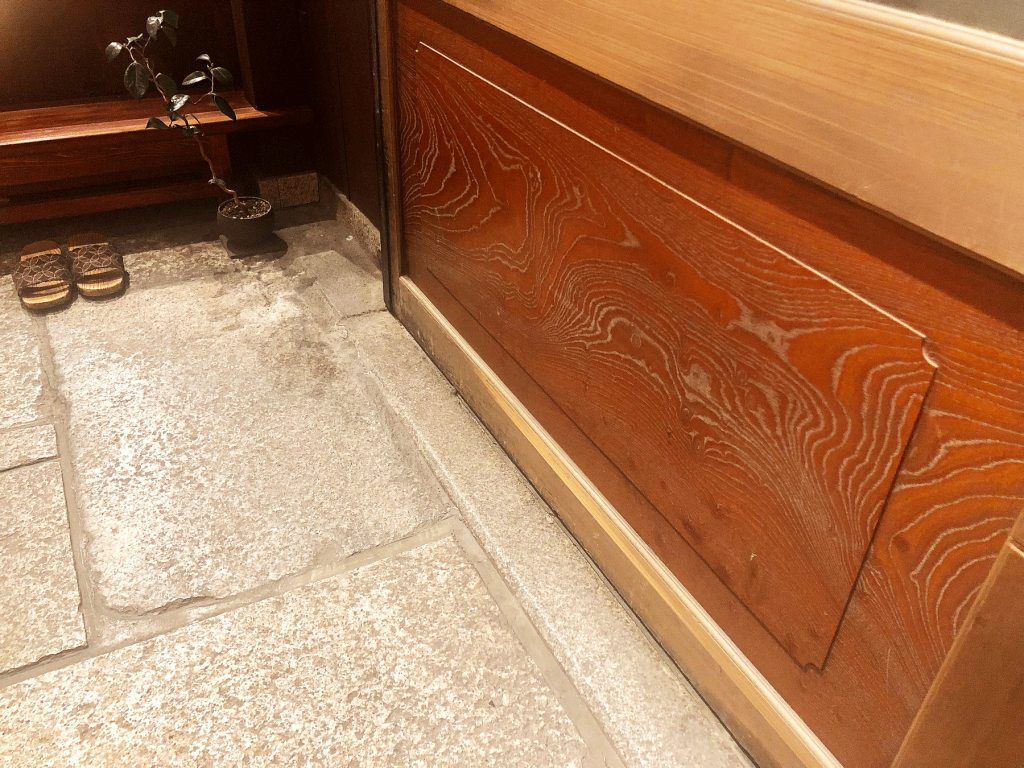
교토의 전통 목조 주택의 나무결
이로 인해 목재의 무늬에 대한 관심이 생겨서, 무의식적으로 목재의 무늬에 주의를 기울이기 시작했습니다.
이전과 똑같은 물건과 풍경을 보더라도, 그것들은 모두 제게 완전히 다르게 보입니다.
나무의 무늬에 대해 조금만 알아도 마치 보물찾기처럼 하루를 더욱 풍요롭게 만들어 줍니다.
이미 가본 관광지도 즐기고, 새로운 발견도 할 수 있어요.
교토에는 귀중한 목재로 지어진 목조 주택이 많이 있습니다.
나무 벽을 바라보며 그 매력이 어디에 있는지 궁금해할 때조차도 예상치 못하게 새로운 것을 발견할 수도 있습니다.
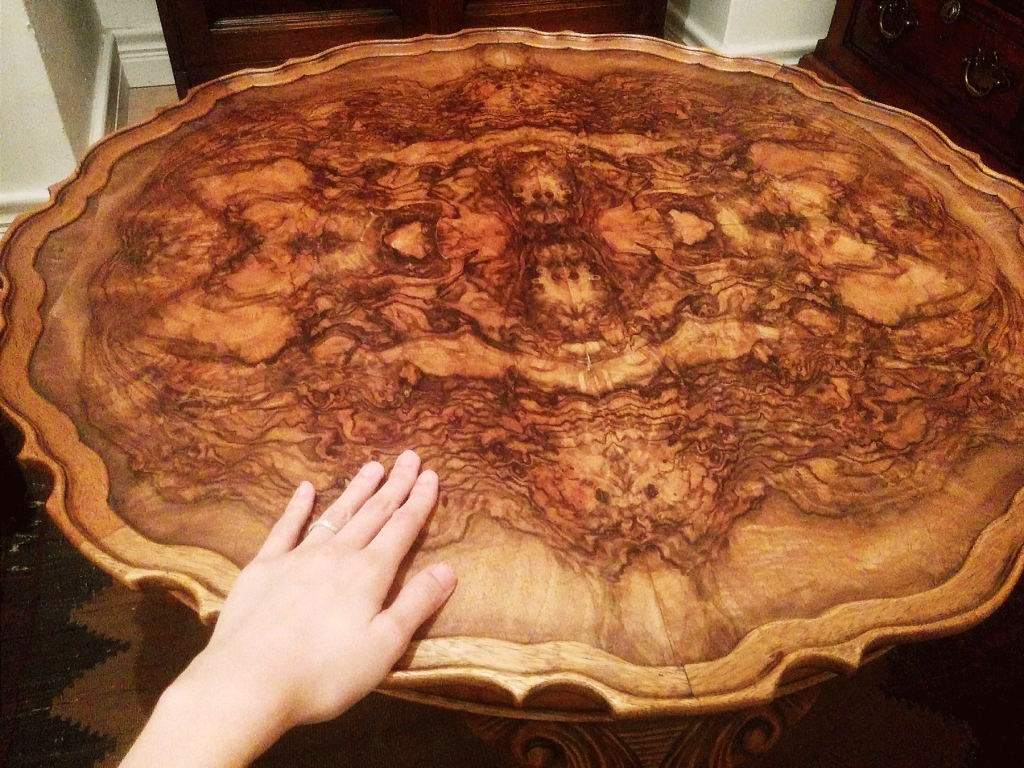
나무의 매듭 부분을 활용한 테이블
다양한 곳에서 볼 수 있는 나무 가구에도 주목해 보세요.
사진 속 테이블은 수입된 골동품이에요.
이 디자인은 호두나무 밑동의 매듭이 있는 부분을 활용했습니다.
사실, 이것 역시 일종의 '목(目)'으로, 나무의 매듭을 베어서 만든 것입니다.
해외의 장인들도 제품을 만들 때 나무의 무늬를 활용하는 것을 좋아하는 것 같습니다.
자연이 만들어낸 '나무결'의 매력

목재로 둘러싸인 창고를 방문하다
그 외에도 흥미로운 나무결 무늬도 있습니다.
도야마현의 한 제재소에서는 특이한 목리무늬를 가진 목재를 다루었습니다.
그 나무들은 곰팡이로 인해 검은 줄무늬가 생긴 숲이었고, 몇몇 참나무에는 곤충으로 인해 구멍이 나 있었습니다.
목공예가에 따르면, 일부 나무의 결은 곰팡이나 곤충과 같은 생물학적 활동에 의해 만들어진다고 합니다.
그들의 삶의 흔적은 우리 앞에 독특하게 나타납니다.
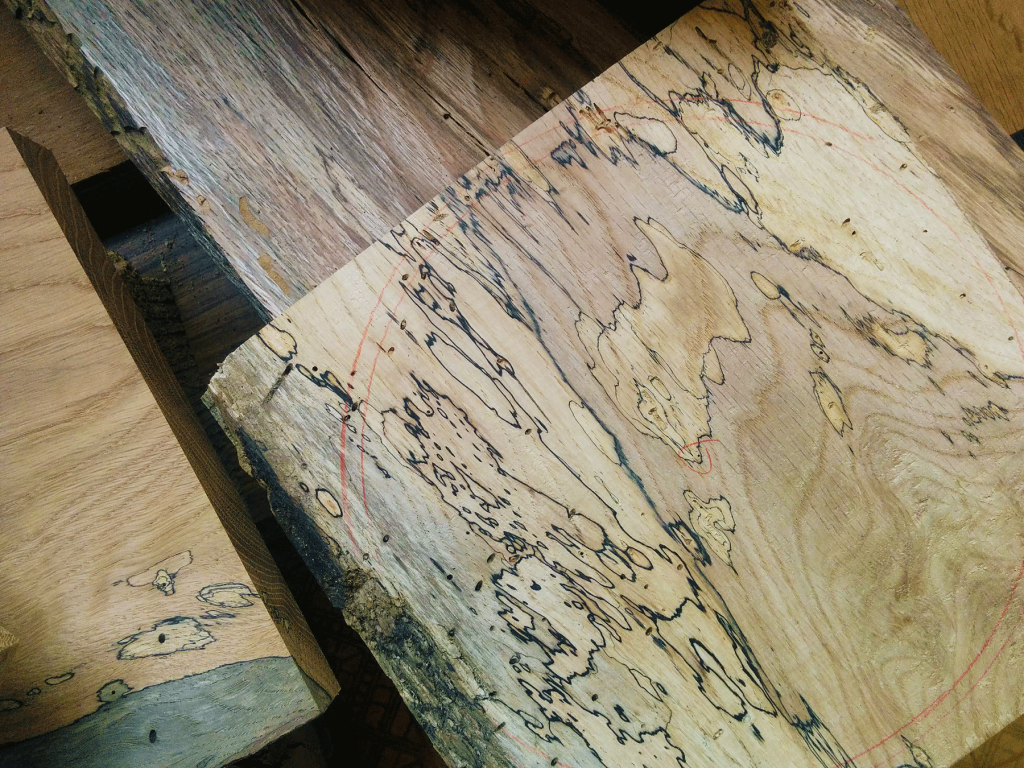
참나무 한 조각
곤충이 이동하여 생긴 나무결은 바닥재로 쓰인다.
특정 호텔 층에서 이게 쓰이는 걸 발견했어요.
만약 내가 이 패턴을 몰랐다면, 나는 아무것도 알아차리지 못한 채 이 층을 지나갔을지도 모른다.
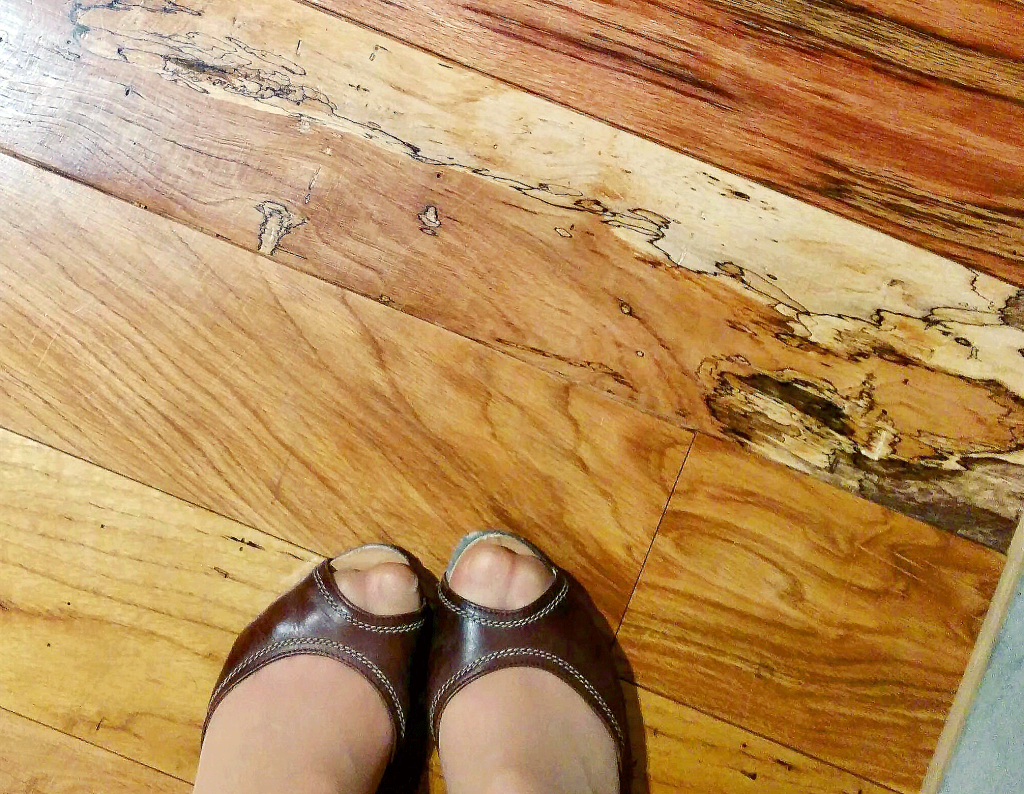
곤충의 이동으로 생긴 나무결을 활용한 바닥재
교토에는 귀중한 목재를 생산하는 신사, 사찰, 역사적인 연립주택 등 많은 관광지가 있으며, 이러한 목재는 현재 구하기 어렵습니다.
주택의 벽, 기둥, 문, 테이블, 의자 등에서 흥미로운 나무 무늬를 찾아볼 수 있습니다.
거리를 걸으며 아름다운 나무결 무늬를 찾아보세요.




